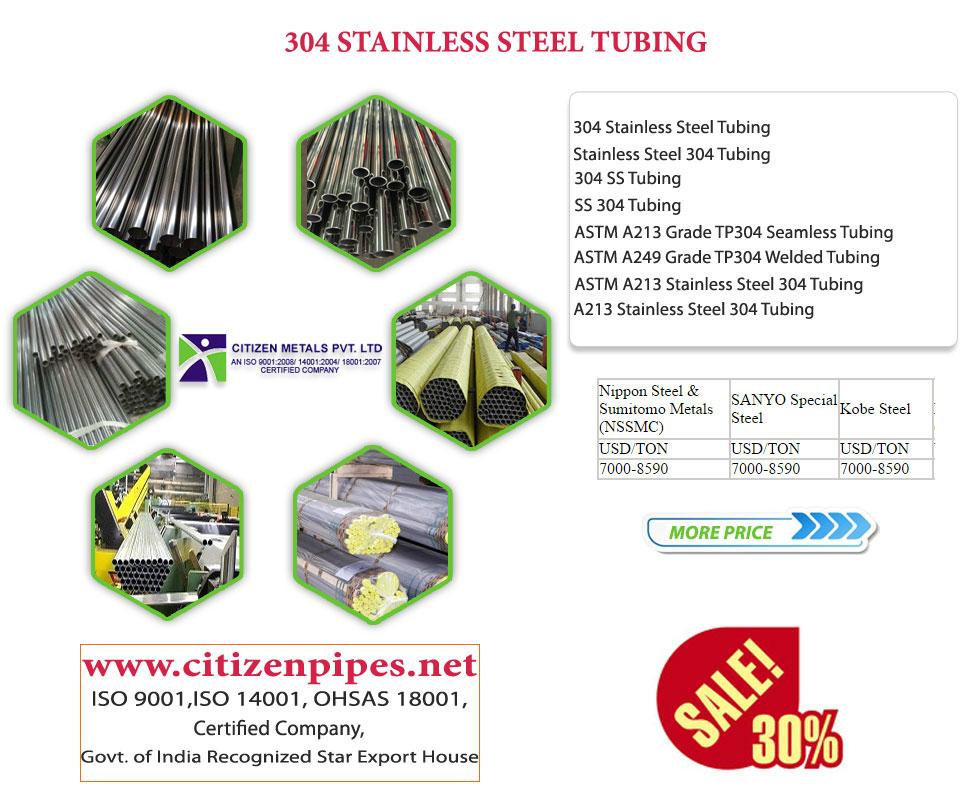

Tighter tolerance levels are possible for custom tube bending projects, especially when utilizing CNC tube bending processes. Our standard tolerance is ☐.015 inches for compression processes and ☐.010 inches for rotary draw bending. The tubing material can also be from a wide range of commonly used metals and alloys. Our compression specifications allow for tubing materials of up to 2 inches in outside diameter (OD) and wall thicknesses from 0.01- 0.125 inches. G&J Steel & Tubing offers a wide range of possibilities for creating custom tube configurations. Space restrictions, which decide whether the coil will use serpentine, helical, or box coils.Pressure in the coil’s gas or liquid fluids.Heating or cooling functions of the coil.Entry and exit points to finalize end forming and fittings.Degree of change during heat exchange from starting temperature to ending temperature.Some of the most important factors in creating coiling designs include: The engineers at G&J Steel & Tubing can help guide the design process for coil configurations.

Tube coiling is a specialized process for machining heating and cooling components and is considered to be a specialized form of tube bending.

#Stainless steel tubing melbourne manual
uses several different processes, including manual coil machines, serpentine benders, and 6-axis CNC benders to create ideal configurations for different heat exchange applications. The process demands a tight configuration that fits as much tubing as possible into a set space. More material options. Rotary draw bending uses CNC benders, which can apply enough force to bend denser or thicker material.Ĭoiling is a complex bending process because the tube needs to set against itself in a very precise layout to facilitate reliable heating or cooling operations.Automated processes guarantee more consistent results for production runs that need to have identically shaped outputs from start to finish. Specialty processes, such as split dies, can be customized to provide bends with an angle greater than 180°. Rotary draw bending can handle machining with tight CLR ratios, or bends with sharp angles. Mandrels are inserts that stop tubes from crimping, wrinkling, or ovalizing during the bending process to preserve the integrity of the interior shape. Other advantages of rotary draw bending include: This tube bending process can handle more complex designs and facilitates automated machining. The die uses CNC equipment to press itself against the tubing and then rotate the material into the required shape. Unlike the stationary die used in compression bending, the rotary draw bending die moves to facilitate the bending process. It also has a relatively high labor cost on low-volume production runs, where the process will most likely be conducted manually. However, it can’t be used for complex CNC designs or designs that require mandrels. Compression bending is faster and has a lower per-unit tooling cost than many other tube bending methods. In this technique, machinery bends tubing around a stationary bending die. G&J Steel & Tubing offers the following services. There are many types of tube bending methods for different materials, environments, and designs. Most bending takes the form of elbow bends at different degrees or U-bends. Tube bending uses metal-forming techniques to bend the material into precise layouts and shapes without crimping or weakening the metal.


 0 kommentar(er)
0 kommentar(er)
